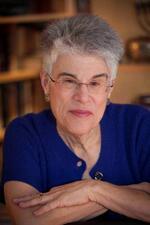
Judith Hauptman
The first woman to receive a PhD in Talmud, Judith Hauptman has made significant contributions to the academic study of the origins and development of the works of the “canon” of rabbinic literature of Late Antiquity. A second prominent focus of both Hauptman’s scholarly and other work has been Jewish feminism and the status of women in rabbinic and related literature, particularly exemplified in her best-known work, Rereading the Rabbis: A Woman’s Voice.
![Hauser, Rita - still image [media] Hauser, Rita - still image [media]](/sites/default/files/styles/gallery_item/public/mediaobjects/Hauser-Rita.jpg?itok=5eVnMOLV)
Rita Eleanor Hauser
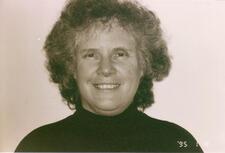
Rivka Haut

Heather Havrilesky

Nancy Miriam Hawley

Goldie Hawn
After beginning her career as a dancer, Goldie Hawn won many awards for her critically acclaimed acting performances. She has been one of the most successful women in Hollywood and, since executive producing Private Benjamin in 1980, she has continued to produce films with her own production company.
Melissa Hayden
Melissa Hayden showed unparalleled versatility and range in her ballet dancing during a successful career that spanned decades. Dancing in both the American Ballet Theater and New York City Ballet, Hayden thrilled her audiences with consistently excellent performances in a career that spanned four decades.

Ofra Haza
Born in Tel Aviv, Ofra Haza was an international singing sensation who performed across Europe, America, and Israel. Known for combining traditional Yemenite music with electronic pop sounds, Haza performed in the film Shlagger and in 1983 she placed second in the Eurovision competition. In 1998 Haza collaborated with many world-renowned artists and performed Naomi Shemer’s “Jerusalem of Gold” at the official ceremony marking Israel’s fiftieth anniversary.

Bela Ya’ari Hazan
On the outbreak of World War II, Bela Hazan escaped her hometown of Rozyszcze, Poland, for Vilna, where she worked as a smuggler for the Dror movement. She was arrested by the Gestapo in 1942 and sent to Auschwitz, where she served as a nurse, then to Ravensbruck, and finally to Leipzig, from which she was liberated. She immigrated to Israel, where she died in 2004.
Edith Head
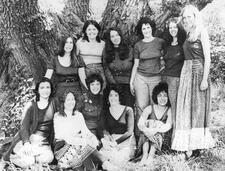
Health Activism, American Feminist
American women have been the “perennial health care reformers.” Women’s health activism has often coincided with other social reform movements. Since the late 1960s, Jewish women have helped create and sustain the women’s health movement through decades of substantial social, political, medical, and technological change.
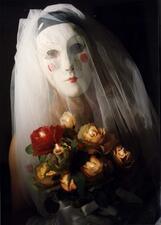
Hebrew Drama: Representation of Women

Hebrew Song, 1880-2020
Hebrew song as a whole, including songs of Erez Israel and the State of Israel, is a unique socio-cultural phenomenon that has developed over time. The dawning of Hebrew song can be traced to the period between 1880 and 1903, and it has grown to reflect the diverse aspects of Israeli society since then. The contribution of women to Hebrew songs, in general, has risen steadily over the years.
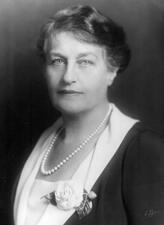
Hebrew Teachers Colleges in the United States
Jewish education in the United States was always the preserve of women on the “front lines” and in the classroom. In the early days of these programs, men “ran the show,” but beginning in the mid-twenteith century, women began to take on increasing roles as faculty members and administrators. In the early twenty-first century, women ascended to leadership positions in these institutions.
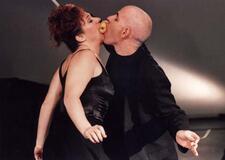
Hebrew Theater: Yishuv to the Present
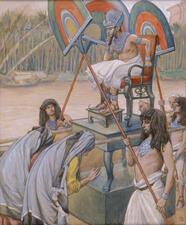
Hebrew Women in Egypt: Bible
Hebrew women in Egypt are critical figures in the Bible, especially concerning their maternal and physically nurturing roles. Hebrew midwives help male babies escape the infanticide commanded by the Pharaoh, and another woman helps save baby Moses’ life. These stories show how women were able to undermine the Pharaonic authority and ensure the survival of the Hebrew people in general.
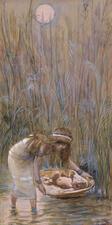
Hebrew Women in Egypt: Midrash and Aggadah
The Rabbis famously maintain that the Israelites were redeemed from Egypt by merit of the righteous women of that generation, who strove mightily to continue to bring forth children, regardless of the grueling servitude and despite Pharaoh’s decree that the male children be killed.
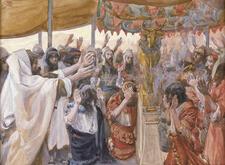
Hebrew Women in the Wilderness: Midrash and Aggadah
The Rabbis portray the women of the generation that wandered in the wilderness as righteous, not caught up in the sins that swept the men of Israel.

Lina Frank Hecht
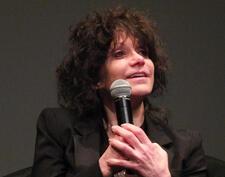
Amy Heckerling
Carolyn G. Heilbrun
A leader in the American feminist movement, Carolyn G. Heilbrun wrote some of the women’s movement’s most widely read texts, including Toward a Recognition of Androgny (1973) and Reinventing Womanhood (1979). These texts encouraged readers to reconceive the role of women in society and challenge conventional notions of masculinity.

Adele Bluthenthal Heiman
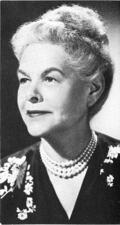
Theresa Helburn
Called the “'Top Man' on Broadway” by the New York Woman, Theresa Helburn created a venue for great American playwrights as director of the Theatre Guild and played a key role in the history of the modern American musical. While she wrote plays of her own throughout the 1920s, Helburn is most remembered for the many ways she furthered the talents of others.
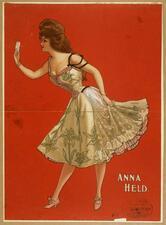
Anna Held
Anna Held was a performer with a flamboyant reputation for bathing in milk and champagne. As an actor in numerous farces, comedies, and musical comedies, she led a life of showmanship that prevents bibliographical certainty. Held was best known for her relationship with Florenz Ziegfeld, and some credit her with helping him create his famous Follies.
Gladys Heldman
After originally planning to be a medieval historian, Gladys Heldman became a competitive tennis player and later an advocate for women’s tennis. The current generation of women tennis players owe their equal status to her important efforts.


